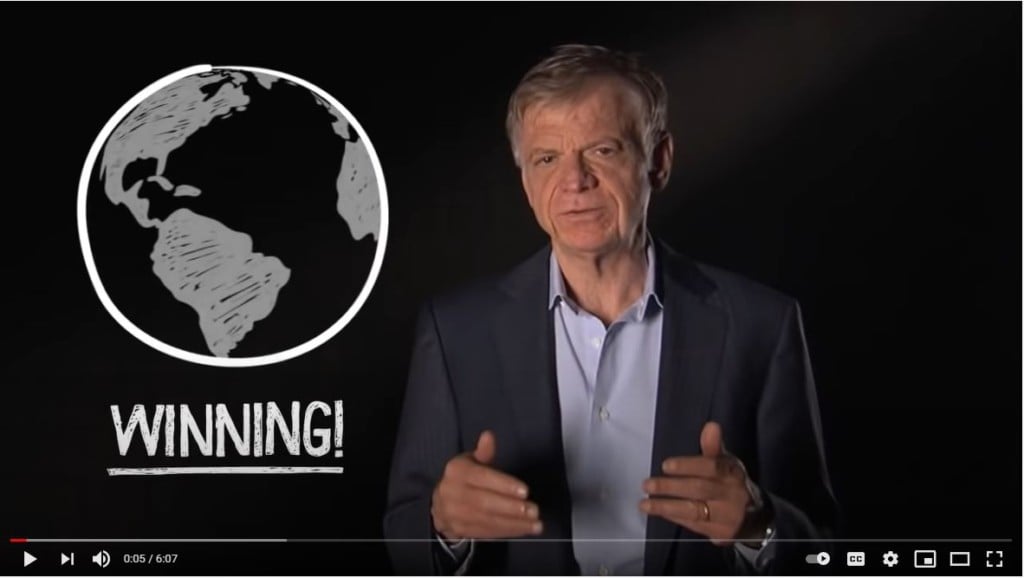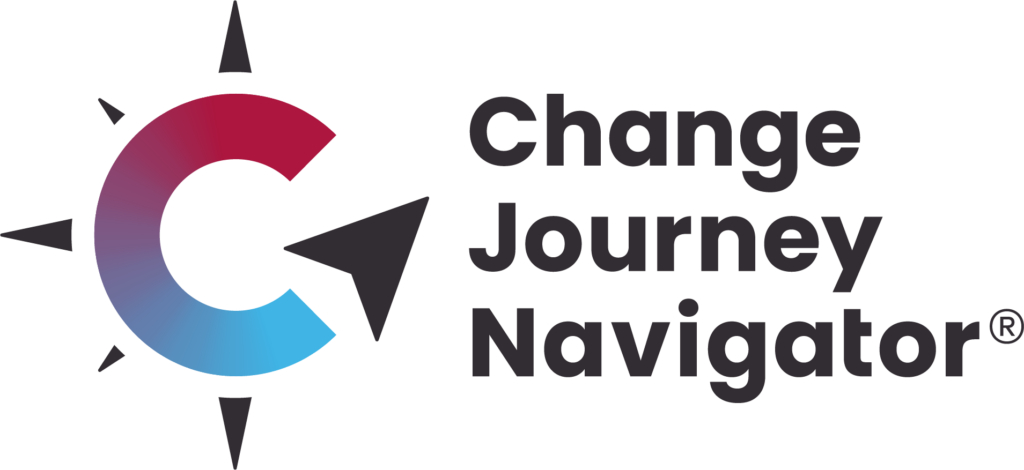Supercharge your change initiative
By Mark Vincent
Share

As any athlete will tell you, good to great is about the details. It’s about applying the latest science, testing and measuring and striving for marginal gains that, when applied over time, lead to the improvements that get noticed. The ones that leave a positive legacy you can be proud of. Those that win awards and rapidly advance careers.
Accelerating business change and increasing the agility of an organisation is no different. It’s science, it’s readily available and it’s well proven. There are plenty of case studies, academic papers and books showing the way (tens of thousands of book titles on Amazon alone!).
The secret of good to great in business change isn’t necessarily about more knowledge, there’s plenty of great wisdom readily available. It’s about gathering the right data, focusing attention, taking action, measuring the effect and then adjusting as needed. Most people have a good sense of what good looks like but experience shows that we tend to fall back into default habits, even though we know it’s not great for us. By measuring the right things we keep focusing on them and then the results come naturally.
The trick is to measure the right things
The best athletes don’t just work hard and hope for the best, they gather data on how they are training. They work smarter, not harder and use the data to constantly evaluate how they can adapt to make those small gains. They measure everything they can and they experiment with different ideas to find out what works. This is what sets the few apart from the many and it’s where excellence comes from.
The typical approach in business is to monitor status reports, RAG ratings, resource usage and budgets. These are all fine and sensible to a point but are also the equivalent of turning up for the race and then measuring the results. In other words it’s too late by then. And you may have also noticed that project and programme managers do NOT want to show up with a red status as it has a tendency to backfire on them. This in turn leads to a tendency to report bad news late, often way too late to do much about it.
So how about measuring those factors that all the science and practical experience continually point to but are either paid little attention or ignored altogether? The factors that lead to the green status reports, the factors that cause changes to move at an accelerated pace, that lead to an increased return on investment? These are the factors underpinning our engagement in a change and engagement is regularly cited in studies as the key to success.
So what are they and how do we measure them?
Put simply, they are mostly emotional and have a lot to do with how we perceive the change, which will be unique for all of us. If you’re interested in more detail you can read more here.
If that feels like a lot to digest then there is an easier way as we’ve done all the hard work for you. Working with the Psychological Sciences team at UWE in Bristol we’ve developed a stakeholder change readiness assessment that specifically tests for these factors and gets you results in minutes. Give it a try, maybe even put yourself in the shoes of one of your more challenging stakeholders and see what it shows you. Of course, we typically we run this across whole teams or groups of stakeholders.
With the right measurement, we can begin to identify and understand potential sources of disengagement and address them. Using the athlete analogy, it’s the equivalent of looking at their training routine, their diet, their mental state, their sleep habits, their rest periods and picking them off one by one. We know that approach works in athletics, in the same way that we know the companies who pay attention to engaging and inspiring their people just happen to be the most successful and most agile on the planet.
It rarely happens by chance and, if it does, it certainly isn’t sustainable.
Get in touch
If you’re starting a change, or already on the journey and need some support, we can help.
Whether it’s coaching or mentoring your leadership team, diagnosing low engagement or leading a change on your behalf, we have a range of options to suit different situations and budgets. Contact us by clicking the button to find out more.
Related content
Our Vision
A world where all organisations and the people within them are able to adapt sustainably and comfortably to changing circumstances.
John Kotter – The Evolution of the 21st Century Organisation
John Kotter discusses why the organisational structures designed in the late 19th century are slowing businesses down in an era of rapid change. And what can be done to increase the pace. Whilst this was recorded in 2013, the lessons are, if anything, becoming more true by the day.
From change resistance to engagement: Learning lab workshop
Register Here Applied Change in collaboration with the Psychological Sciences Research Group at University of West of England (UWE) Have you noticed how the more you push people the more they tend to resist? Have…





